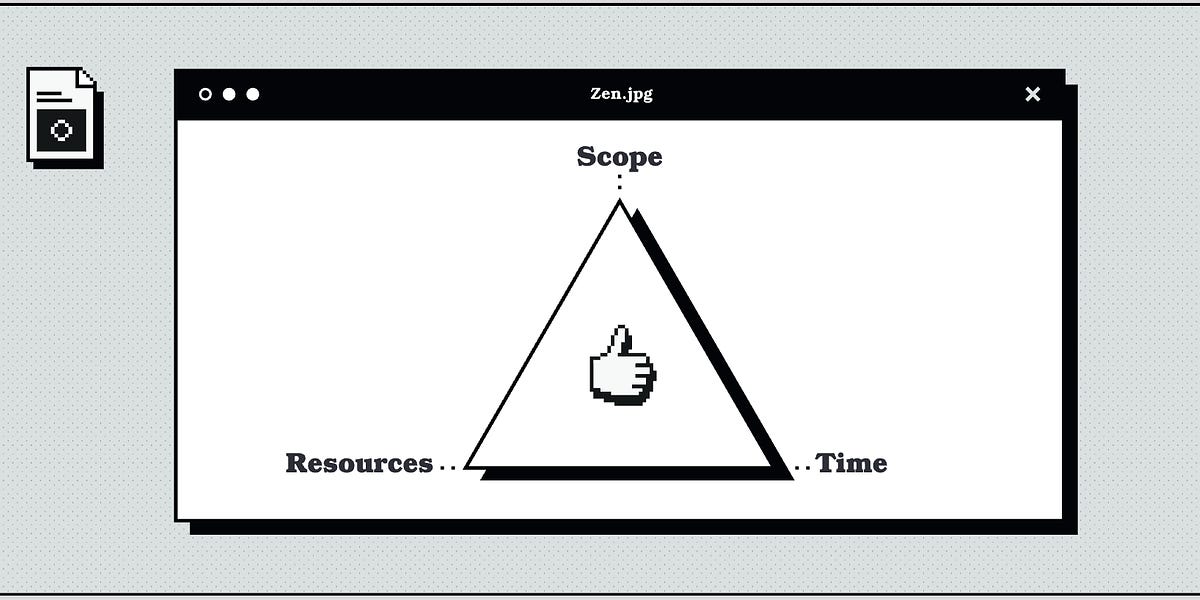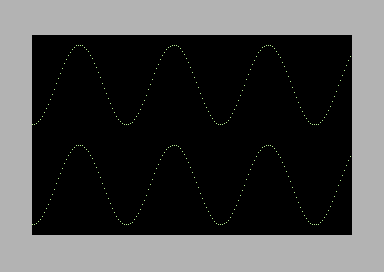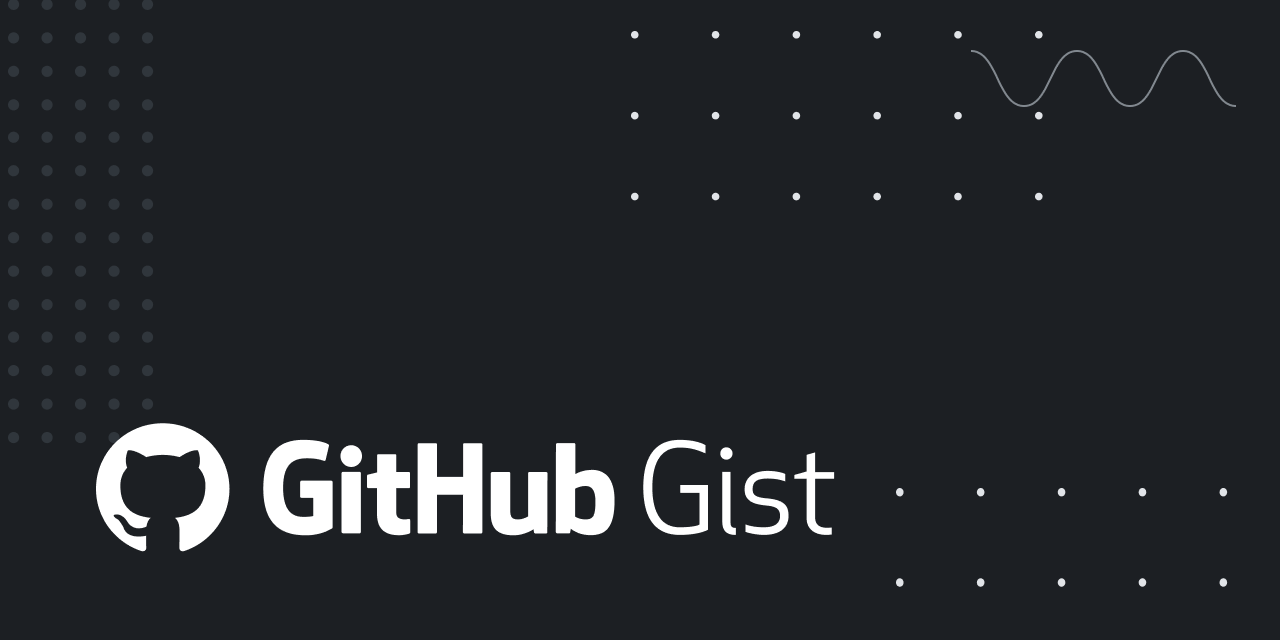Fermat's Last Theorem Proof: Computers Tackle a Math Challenge

A team is attempting to prove Fermat's Last Theorem using Lean, encountering unexpected challenges along the way. Instead of relying on the original proof, they're using a modern, more generalized approach. While formalizing crystalline cohomology, they discovered an error in a key lemma, leading to a re-examination of the theory's foundations. They ultimately found a workaround using an alternative proof. This experience highlights potential errors in modern mathematical literature and underscores the need for formalized proofs.







